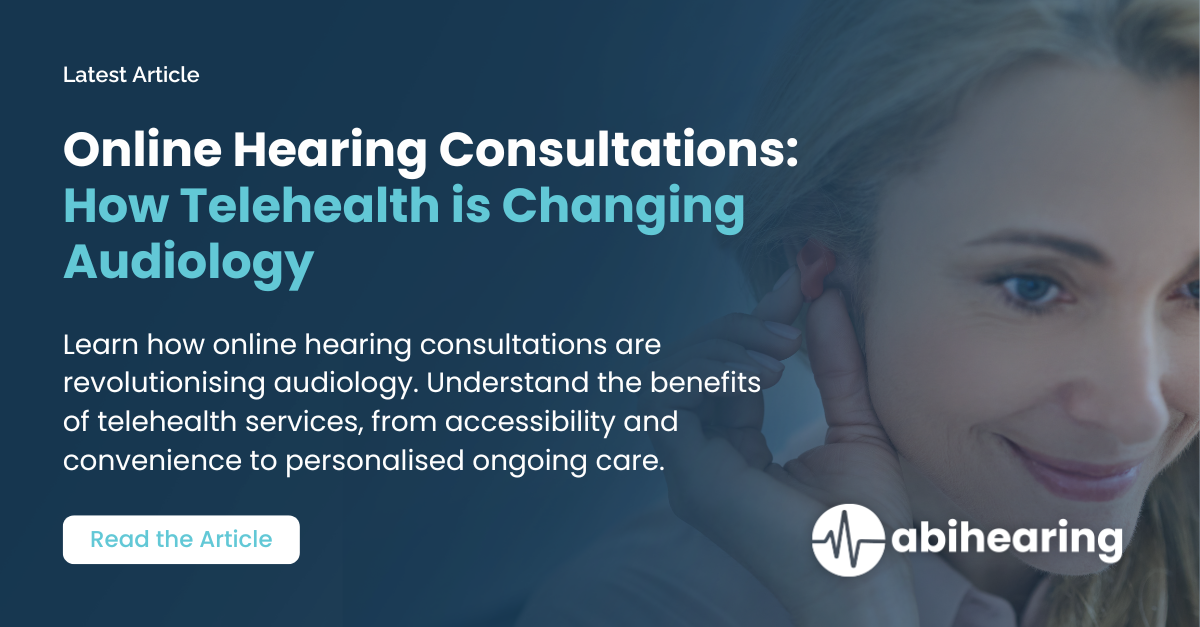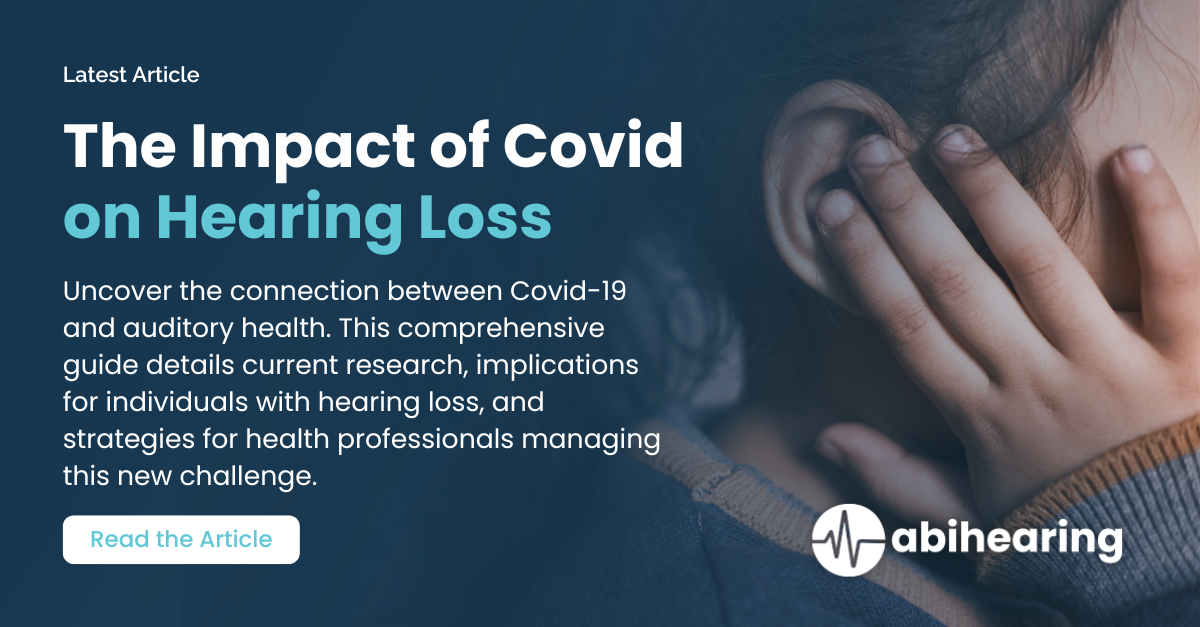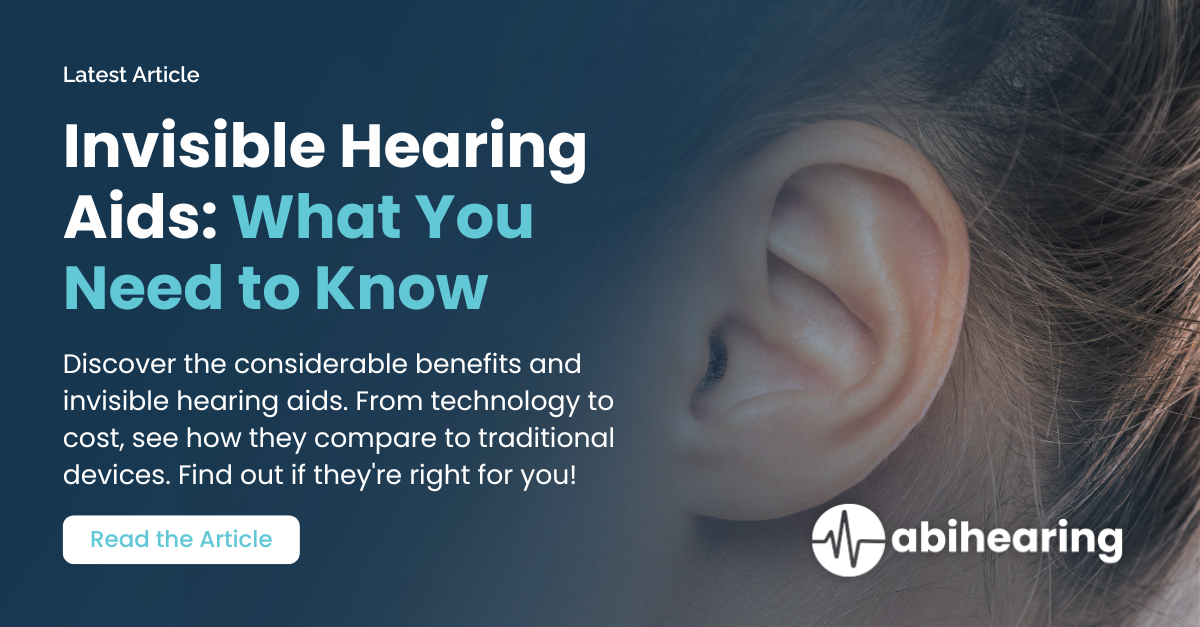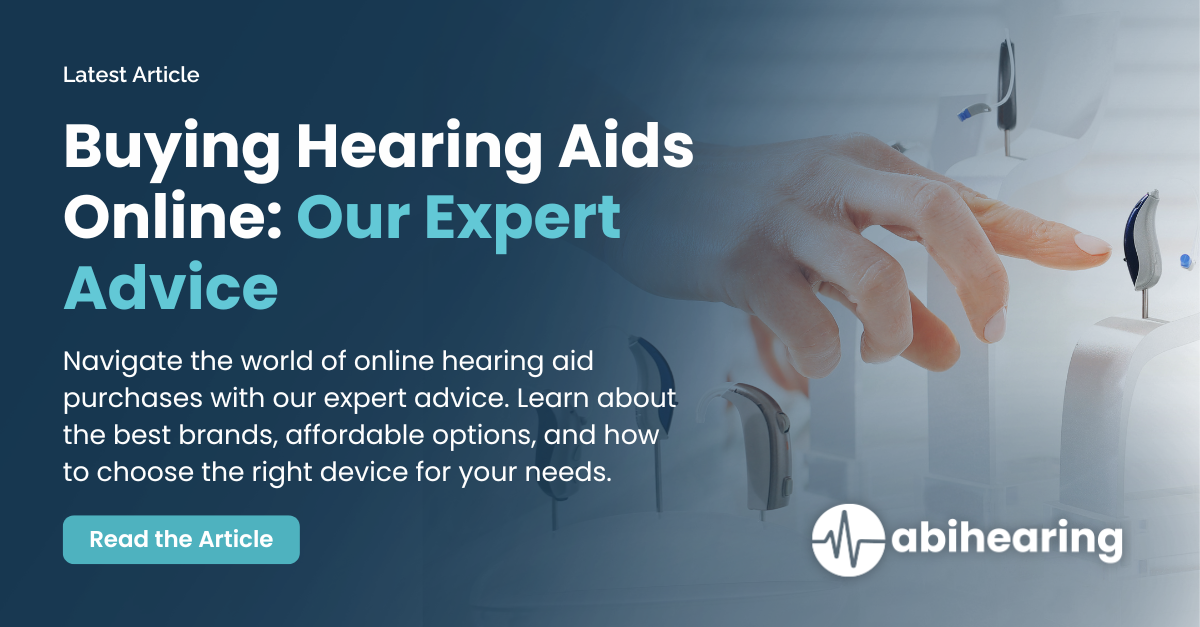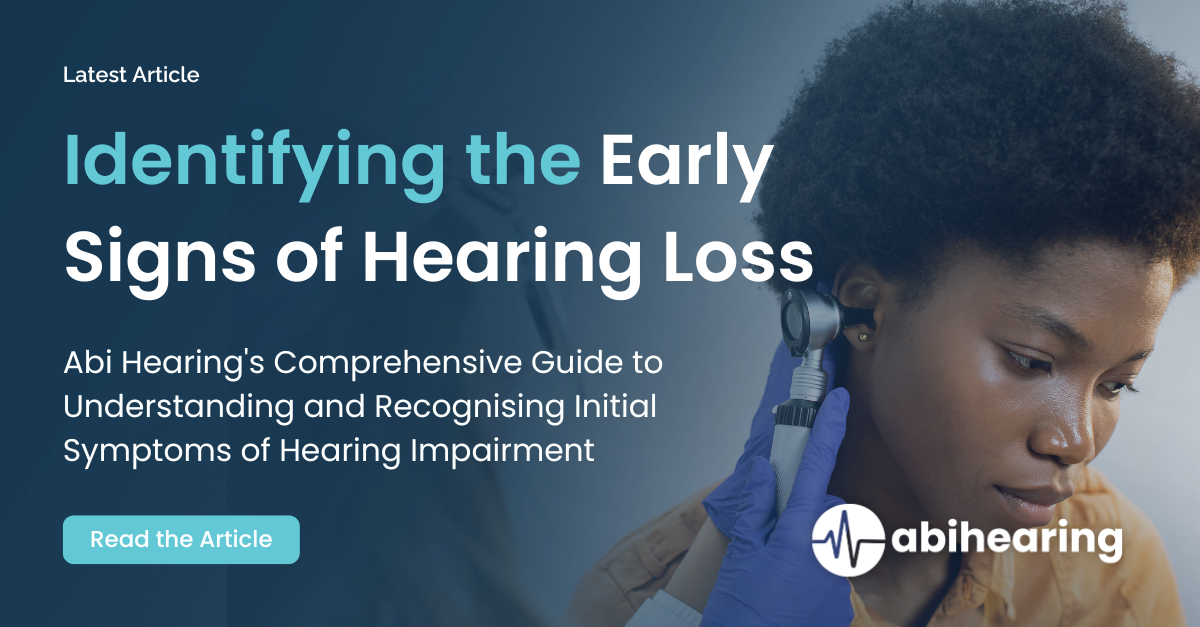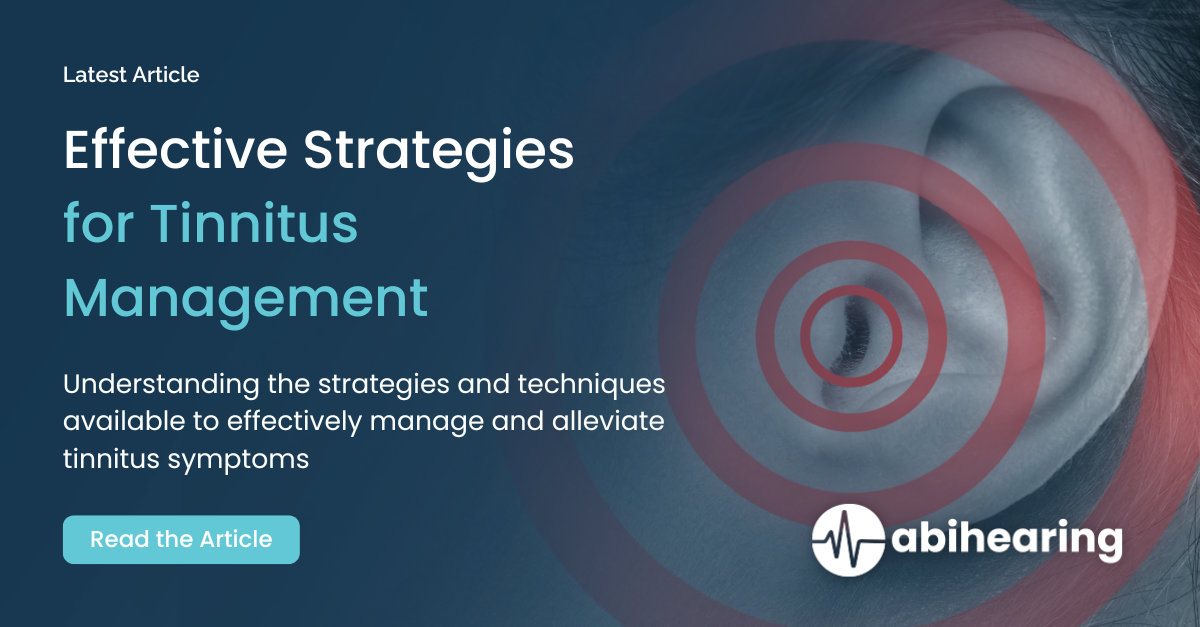Hearing Loss Explained
Understanding the Causes of Hearing Loss.
Hearing loss occurs when there are problems with one or more parts of the ear. There are many possible reasons for this, which we will explore in more detail below.
Hearing is one of the most important senses in the human body and is the result of a complex biological structure made up of several components. These components work together to convert soundwaves into information that can be interpreted by the brain.
Understanding How Hearing Works
Whilst the process of hearing is quite complex, breaking it down into smaller components will help us understand the basics of how your brain interprets the sound waves that are happening around you.
The Outer Ear
The role of the outer ear is to collect sound waves from your surrounding environment and direct them into the eardrum.
The Eardrum
When sound reaches the eardrum, it begins to vibrate.
The Ossicles
Once these soundwaves reach the eardrum, the ossicles, which are the small bones in the middle ear, also begin to vibrate.
The Cochlea
As the vibrations continue through the ear canal, they, then, reach the cochlea which has both fluid and tiny hair cells, which create signals that are picked up by the auditory nerve.
The Auditory Nerve
The auditory nerve’s role is to transmit the vibrations that are occurring in the ear and, in turn, send these signals to the brain’s hearing centres which then interpret the signals as either sounds or speech.
So What Causes Hearing Loss?
As you can see, hearing is made up of several different steps that involve various parts of the ear and the brain. When any of these parts are not functioning properly, or are impeded by an external factor such as a blockage or damage, hearing loss may result. These causes of hearing loss can be genetic, caused by illness, physical damage or environmental.
Broadly speaking, hearing loss can be broken down into five primary categories:
Conductive Hearing Loss
Conductive hearing loss is the result of a physical condition that has affected the proper working of a component of the outer or middle ear which is stopping or interfering with sound reaching the inner ear and eventually, the hearing centres of the brain. Common causes of conductive hearing loss may include but are not limited to, a blockage in the outer ear canal such as wax or another obstruction, an ear infection which is causing swelling, and an excess of fluid in the outer ear or any other malformation of the outer ear canal. Conductive hearing loss, in most cases, can be treated with medication or medical procedures and in cases where this is not possible, patients often find that their hearing can be significantly improved with the use of hearing aids or other hearing devices.
Sensorineural Hearing Loss
Sensorineural hearing loss (sometimes referred to as SHL) is most often the result of a problem that is stopping the cochlea from functioning properly. This can either be from genetic conditions which have caused a malformation of the cochlea itself, or as a result of damage to the cochlea which can be caused by physical damage, or infections such as meningitis. For people who have SHL, hearing can often be improved through the use of various hearing devices, including hearing aids, middle ear implants or cochlear implants. The type of treatment that would be recommended depends on the cause and severity of the patient's condition.
Mixed Hearing Loss
As previously mentioned, hearing loss can be the result of multiple problems with the ear structure. Mixed hearing loss occurs when a combination of conductive and sensorineural factors are impacting the patient. Again, the recommended treatment may change depending on the cause and severity of the problem.
Neural Hearing Loss
Neural hearing loss is a rare condition that is the result of either malformation or damage to the auditory nerve. When working properly, this nerve connects the cochlea and the brain and allows the interpretation of sound. Neural hearing loss is not usually treatable with hearing aids or devices.
Auditory Neuropathy
In clients with Auditory Neuropathy, sound travels normally through the various components of the outer and inner ear. However, further transmission of these signals to the brain is impaired. This condition affects all walks of life, including babies, children, and adults. The impact of hearing may widely vary.
When does hearing loss happen?
Whilst hearing loss can be more common as we age, anyone can be affected by hearing loss at any time. When hearing loss happens after birth, we refer to this as acquired hearing loss. Acquired hearing loss can be the result of many common factors such as chronic ear infections, ototoxic drugs, other diseases such as meningitis, head injury, or the eardrum becoming perforated by a physical impact.
Also, prolonged exposure to high volumes can impact your hearing health. Workers in certain industries where loud noise is common, such as manufacturing or construction, often present with acquired hearing loss.
When should I get a hearing test?
If you or your loved one are experiencing any level of hearing loss, or have concerns regarding your hearing, you should speak to a hearing healthcare professional. Modern technology has come a long way in both the hearing testing process, diagnosis of hearing loss, and on-going hearing loss treatment, such as hearing aids or other hearing health devices. Our team at ABI Hearing, a local audiologist and hearing clinic, is dedicated to helping our Melbourne community enjoy life to the fullest by ensuring their optimal hearing. We work with clients ranging from newborn babies to seniors, to help them better understand their hearing, and how our specialised technology can help them lead fulfilling lives. If you have any questions or concerns regarding your hearing health, feel free to reach out to our team.

